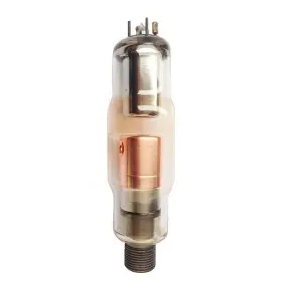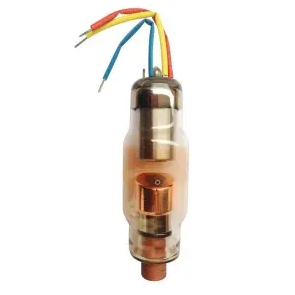X-ray technology has revolutionized the field of medical imaging, allowing doctors to accurately diagnose and treat a variety of diseases. A key component of an X-ray machine is the X-ray tube, which generates the X-rays required for imaging. Within this category, there are two main types of X-ray tubes: fixed anodes and rotating anodes. In this article we will focus on the advantages of fixed anode X-ray tubes and their importance in medical imaging.
Stationary anode X-ray tubes are a commonly used X-ray tube type due to their many advantages. One of the main advantages is simplicity of operation and maintenance. Unlike rotating anode tubes, fixed anode tubes do not require any complex mechanical systems. This makes setup simpler and reduces the risk of mechanical failure, ultimately saving time and money on maintenance and repairs.
Another significant advantage of fixed-anode X-ray tubes is the ability to produce high-quality images. These tubes are designed with a small focus that provides excellent resolution and detail in the resulting X-ray images. This is especially important in medical imaging, where accurate and detailed images are crucial for correct diagnosis and treatment.
In addition to superior image quality, fixed-anode X-ray tubes offer better thermal management. Heat dissipation is a critical factor in X-ray imaging because excess heat can damage the tube and shorten its service life. Fixed anode tubes are usually designed with larger cooling areas and better heat conduction mechanisms to dissipate heat more efficiently. This extends the life of the tube, reduces the need for frequent tube replacement, and improves the overall cost-effectiveness of the imaging system.
Another advantage of fixed-anode X-ray tubes is their longer exposure times. The stationary nature of these tubes allows for longer exposure times, which may be beneficial in certain imaging scenarios. For example, when imaging larger or denser areas, longer exposure times help ensure adequate X-ray penetration and image quality. This flexibility in exposure times gives medical professionals greater control and adaptability during the imaging process.
Additionally, stationary anode X-ray tubes are generally more compact and lighter than rotating-anode X-ray tubes. This makes them easier to maneuver and integrate into a variety of medical imaging devices, increasing overall convenience and versatility. The smaller size and lighter weight of fixed anode tubes also help reduce power consumption, thus lowering energy costs over time.
While fixed-anode X-ray tubes offer many advantages, it is worth noting that they may not be suitable for all imaging applications. Where fast image acquisition is required, rotating anode tubes may be preferred because they are able to withstand higher power loads and produce X-rays at a faster rate. However, for most routine imaging procedures, fixed anode tubes are more than capable of delivering superior image quality and performance.
In summary, stationary anode X-ray tubes play a vital role in medical imaging due to their simplicity, high image quality, efficient thermal management, longer exposure times, and compact size. These advantages make them the first choice of many healthcare providers, ensuring accurate diagnosis and effective treatment plans. As technology continues to advance, it is exciting to see how fixed-anode X-ray tubes will further advance medical imaging.
Post time: Sep-11-2023



